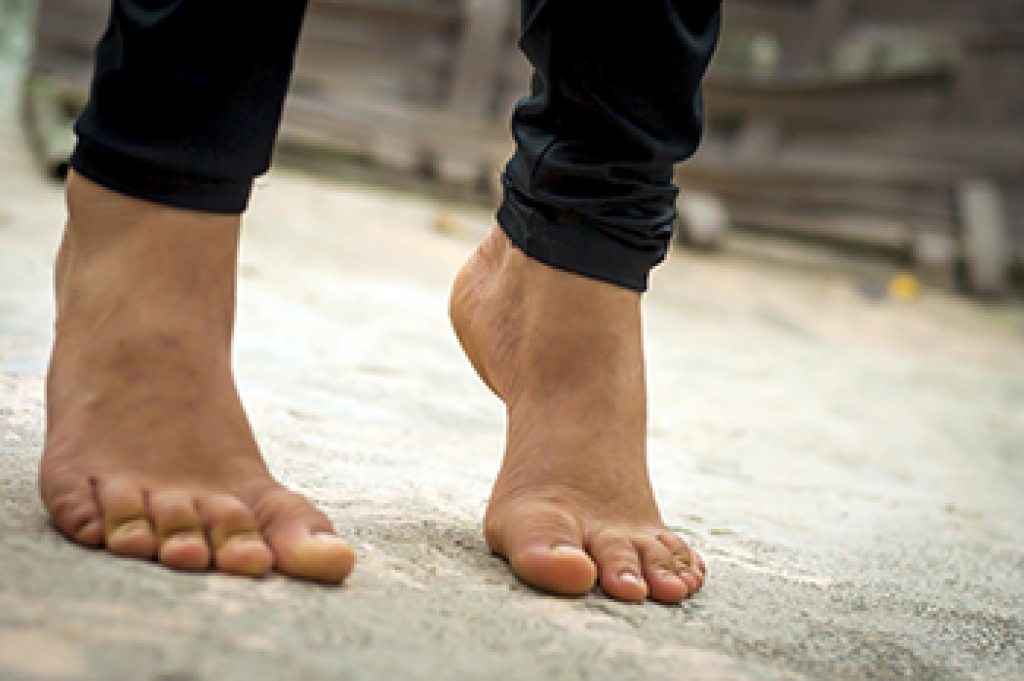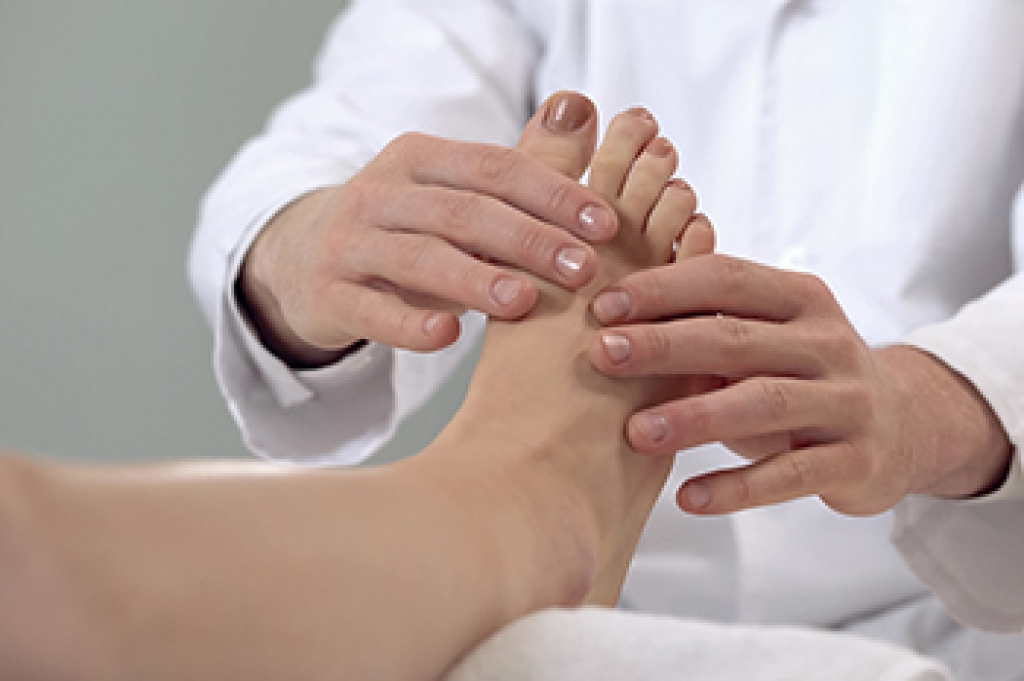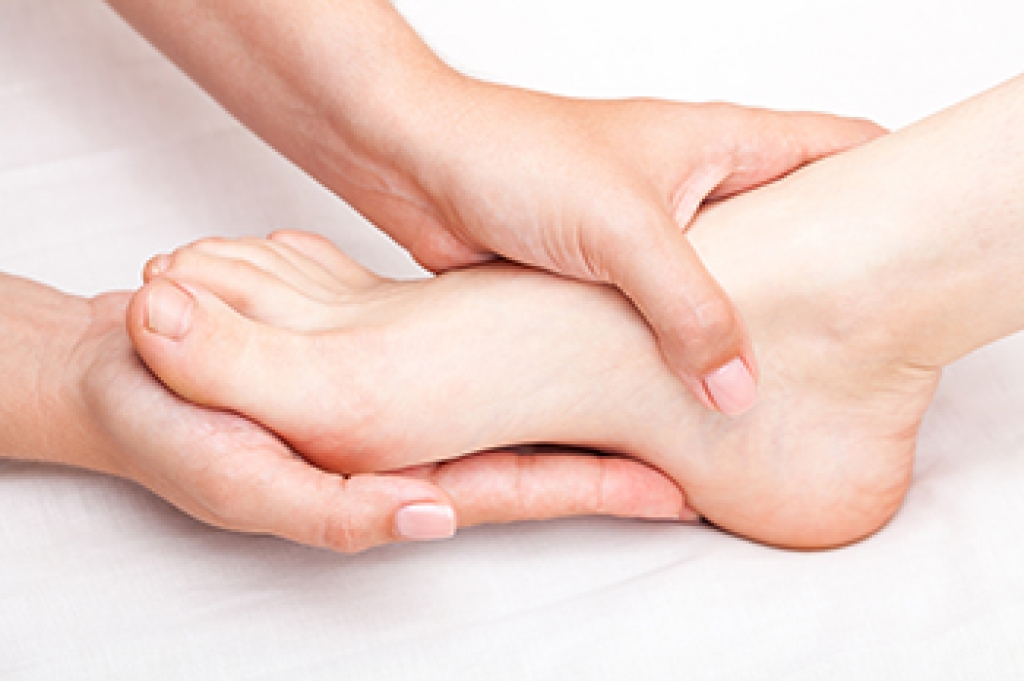
Taking care of the feet is something that often gets overlooked, even though we depend on them so much each day. Good foot health includes exercises that help to strengthen the feet. Starting with toe exercises, stand with your feet a comfortable distance apart. Lift the big toe on one foot while keeping the others down. Then try the opposite, leaving the big toe down and lifting the others. If you tend to pronate, rolling to the inner arch, you may have trouble lifting the big toe, and if you supinate, rolling onto the outer foot, lifting the smaller toes may be difficult. Switch feet. You can also work on strengthening the feet with heel raises. Lift the heels slowly, in order to feel the muscles working, and then lower them slowly. You may wish to hold lightly onto a chair back or wall for balance. This can be timed with breathing in and out. For more information on how to strengthen your feet through exercise, please visit a podiatrist.
Exercising your feet regularly with the proper foot wear is a great way to prevent injuries and build strength. If you have any concerns about your feet, contact one of our podiatrists from Foot & Ankle Centers of Charlotte County . Our doctors can provide the care you need to keep you pain-free and on your feet.
Exercise for Your Feet
Exercise for your feet can help you gain strength, mobility and flexibility in your feet. They say that strengthening your feet can be just as rewarding as strengthening another part of the body. Your feet are very important, and we often forget about them in our daily tasks. But it is because of our feet that are we able to get going and do what we need to. For those of us fortunate enough to not have any foot problems, it is an important gesture to take care of them to ensure good health in the long run.
Some foot health exercises can include ankle pumps, tip-toeing, toe rises, lifting off the floor doing reps and sets, and flexing the toes. It is best to speak with Our doctors to determine an appropriate regimen for your needs. Everyone’s needs and bodies are different, and the activities required to maintain strength in the feet vary from individual to individual.
Once you get into a routine of doing regular exercise, you may notice a difference in your feet and how strong they may become.
If you have any questions, please feel free to contact our offices located in Punta Gorda and Port Charlotte, FL . We offer the newest diagnostic and treatment technologies for all your foot care needs.




